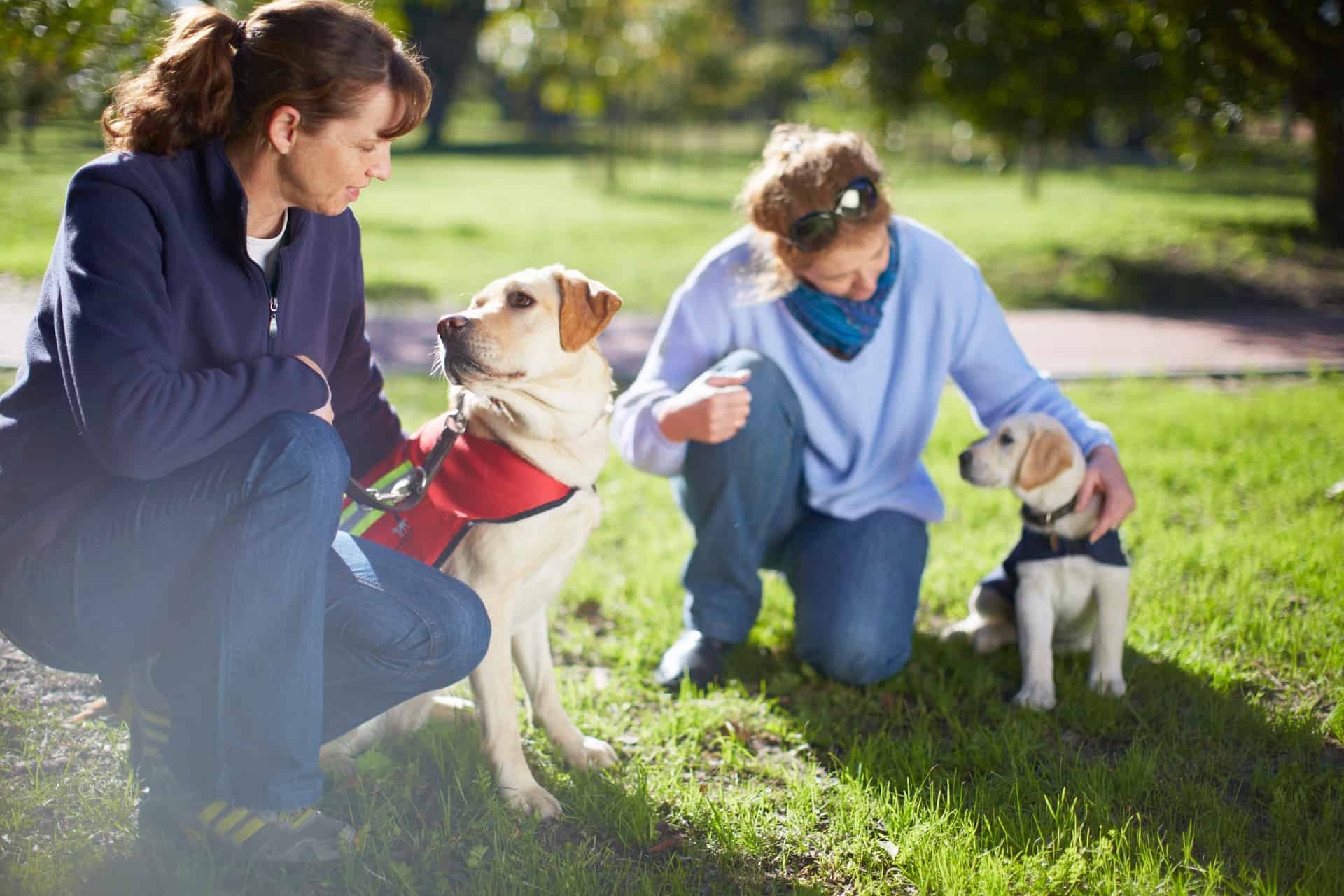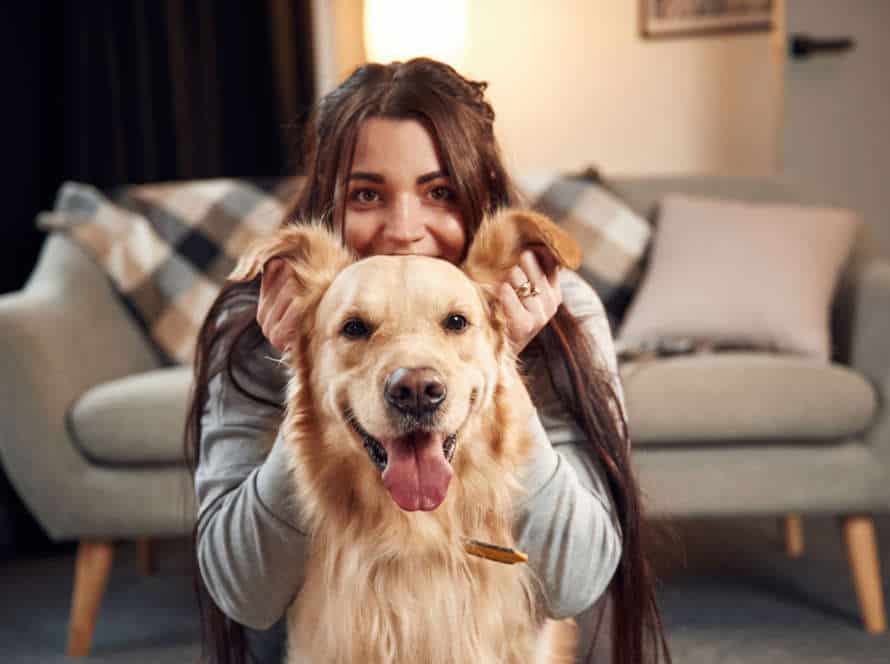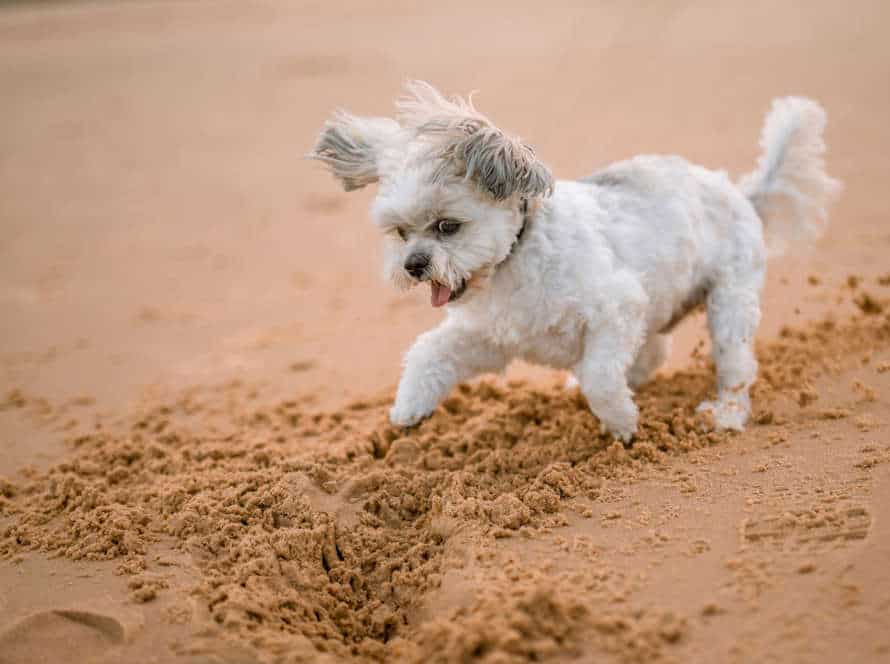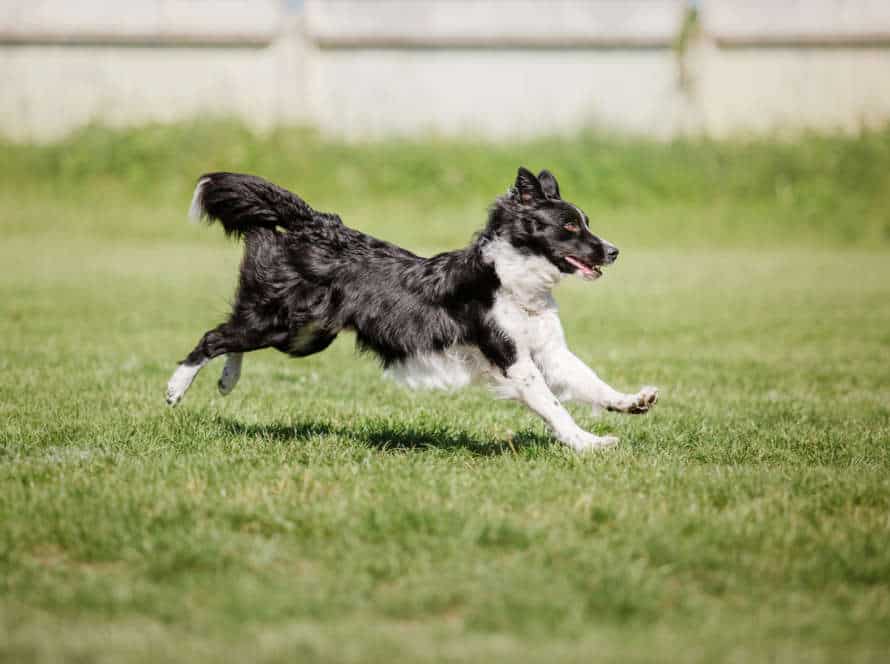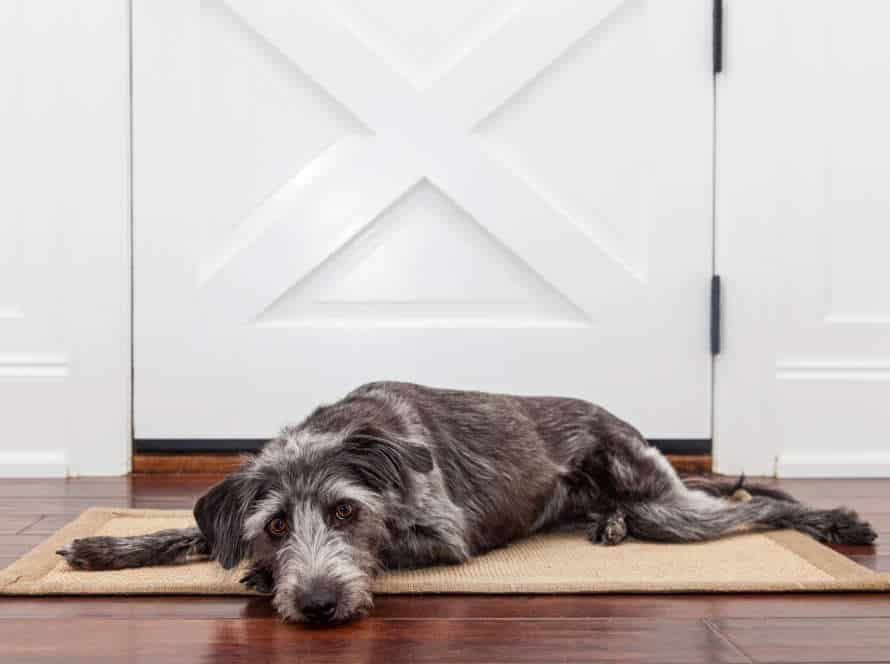Understanding Time-Outs for Aggressive Dogs
Time-outs can be a great way to control and stop aggression in dogs. When you use them correctly and consistently, it helps decrease the chance of more aggressive behavior happening later. Time-outs are a type of punishment. To use them successfully, you need to know more about the science behind them. Here’s how to use time-outs with aggressive dogs effectively.
What is a Time-Out for Dogs?
Time-outs are a useful tool in dog training to control aggressive behavior. This involves removing the pup from the environment and placing them somewhere away from other animals and people for a set length of time. Here’s how to do it right:
- Figure out what sparks aggression in your pooch.
- As soon as the triggering action takes place, speak calmly and firmly to give a verbal signal, such as “time-out“.
- Quickly move your pup to the time-out spot, and leave them there for 3-5 minutes.
- Return to them once the time-out is over and go back to normal activities.
Repeat this process each time the aggressive action happens, making sure to use the same cues and time-outs. It’s important to remember that time-outs should only be used as a last resort and not as a punishment. Instead, use positive reinforcement techniques to support good behavior.
Why Use Time-Outs for Aggressive Dogs?
Time-outs are a must for aggressive dogs. They help control and manage unwanted behaviour. To use them effectively, you must:
- Set up a safe, silent spot for time-outs, like a separate room or crate.
- When your pup displays aggression, calmly lead them there.
- No interaction during the time-out. Resume it when your pup is relaxed.
- The time-out should not be too long or they could get anxious or scared.
- Keep repeating the process. Eventually, your dog will learn to respond positively and avoid aggression.
When to Use Time-Outs for Aggressive Dogs
Time-outs for aggressive dogs can be a great help when training them to better control their negative behavior. But, using it effectively is key! It’s not easy to tackle this without the right resources. Here are some important things to remember when you use time-outs:
- Choose a secluded, quiet space – this will help your pooch relax and calm down during the timeout.
- Don’t use it as punishment – this will only make matters worse.
- Reward good behavior – give your dog compliments and treats after they manage to complete a timeout without any aggression.
Time-outs can be a valuable part of your pup’s training program. With patience and consistency, you’ll see results!
Implementing Time-Outs for Aggressive Dogs
Time-outs can be a great way to tackle aggression in dogs. They should not be used alone, though. It’s best to use them together with other behavior modification methods. Read on to find out how to use effective time-outs to build a better relationship with your pup and their aggressive behaviors.
Choosing the Right Location for Time-Outs
Choosing the ideal spot for time-outs is key when using them for aggressive pooches. The place should be quiet, safe and free from distractions. Here’s a few tips:
- Opt for a space away from other animals and people.
- Employ a crate or room where the pup can’t view or listen to other animals/humans.
- Don’t use punishment as a time-out spot as it could lead to the dog becoming even more agitated or aggressive.
- Ensure the area is comfy and secure for the doggo. Place a cozy bed or blanket in the space.
- Monitor the pup during the time-out to make sure it is safe and healthy.
In conclusion, the right location for time-outs can help reduce aggression and anxiety in dogs. It is important to choose a secure, comfortable and distraction-free spot to execute time-outs effectively.
Setting Up a Time-Out Space
Set up a chill-out space for aggressive pups. This’ll help manage their actions and avoid any potential issues. Pick a peaceful area in your home that your pup feels at ease in, like a kennel, spare room, or bathroom. Train them to know this spot is a safe and comfy place to relax. Monitor their body language and behaviour, and send them to the chill-out space when they’re getting aggressive. Time-outs should last between 10-30 minutes, depending on how serious their behaviour is. After the time-out, slowly and calmly reintroduce them to the household. For best results, use consistent and positive training to help stop future aggressive behaviour.
The Correct Way to Deliver a Time-Out to an Aggressive Dog
When handling an aggressive doggo, the time-out approach is a successful way to show them their behavior is not okay. To do this correctly, follow these steps:
- Create a designated area, such as a crate or separate room.
- When they act out, firmly say “time-out” and lead them there.
- Give a clear signal it’s time-out, such as closing the crate/room door.
- Ignore them for 30 secs-a few mins.
- Release them when time-out’s over and carry on with normal activities.
Remember to reward good behavior and be consistent with time-outs.
Pro Tip: Ask a professional trainer for help with aggressive behavior. Some cases may need more thorough training.
Tips for Success with Time-Outs for Aggressive Dogs
Time-outs are a popular way to manage bad behavior in dogs. Make a break from people and activities they like. To be successful, use time-outs consistently and calmly. Here are tips to help with aggressive dog time-outs:
Consistency is Key
Consistency is essential when using timeouts to correct aggressive behavior in dogs. Here are tips to assist you:
- Create clear rules: Designate a spot for time-outs and make rules for behavior that requires a timeout.
- Be consistent: Always use the same spot and duration for time-outs. Consistency shows your dog the consequences of their behavior.
- Time-outs = consequence, not punishment: Time-outs provide a consequence for undesired behavior, not punishment.
- Wait for calmness: When releasing your dog from a time-out, wait until they are calm and submissive before allowing them to return.
- Reinforce good behavior: Focus on reinforcing the right behavior to help your pup learn what is expected of them, not just punishing bad behavior.
Using time-outs correctly and consistently will help modify your dog’s aggressive behavior over time.
Use Time-Outs in Combination with Positive Reinforcement
Time-outs can help manage and reduce aggressive behaviour in dogs. It works best with positive reinforcement. Here are tips:
- Identify the behaviour that triggers aggression. Intervene before it gets worse.
- Use a vocal command like “no” or “stop” and take them away from the situation immediately.
- Put your dog in a quiet room or crate for a set amount of time.
- After the time-out, let them go back to the activity and reinforce positive behaviour.
- Repeat this process regularly and your dog will learn to associate the negative behaviour with the time-out. Use positive reinforcement and rewards to motivate them.
Pro Tip: Get a professional dog trainer for complex issues.
Avoid Using Time-Outs for Undesired Behaviors Only
When it comes to using time-outs for aggressive dogs, avoid using them solely for undesired behaviors. Utilize them as a helpful tool to teach your pup appropriate actions and reinforce the positive ones.
Here are some tips:
- Set up a tranquil, secure space for your dog during time-out.
- Use a neutral verbal cue, like “time-out” or “enough,” to signal its beginning.
- Time-out should be short, only a few minutes, to keep the pup from getting anxious or afraid.
- Reinforce good behavior with treats or verbal praise.
- Consistency is key. Everyone in the household should follow the same rules and guidelines. That way, you can help your pup remain a well-mannered, content companion.
Troubleshooting Problems with Time-Outs for Aggressive Dogs
Time-outs are a great way to manage aggression in dogs. They interrupt bad behaviors and put a stop to them. But time-outs don’t work for all dogs. Especially if they have a history of aggression. Let’s look closer at how to use them correctly for aggressive dogs.
The Aggressive Dog is Still Displaying Undesired Behaviors
Time-outs can help with aggressive dogs, but if they still misbehave, we must troubleshoot the method. Here are some issues and solutions:
- Time-out lengths should be long enough for the dog to chill, but not so long that it gets anxious. 15-30 minutes is ideal.
- Time-outs should always be given for aggressive behaviors. Consistent use is key.
- When the dog is calm and relaxed, let it back into the environment.
- Ensure the environment is safe for the dog to relax without distractions or danger.
By troubleshooting these problems, time-outs can be used to modify aggressive behaviors in dogs.
The Aggressive Dog is Fearful or Anxious During Time-Outs
If your aggressive pup displays fear or anxiety during time-outs, it could be time to reconsider. Time-outs can be a useful tool, but only when done right.
Here are some steps to follow:
- Choose a specific area for your pet to be alone and relax.
- Trigger their aggressive behavior, then immediately take them away from the situation and to the chosen spot.
- Leave them there for 5-10 minutes, or until they are settled.
- Release them and give positive reinforcement for good behavior.
But, if they show signs of fear or anxiety while in time-outs, such as panting, whining, or aggression when released, get help from a professional dog trainer.
The Aggressive Dog is Avoiding Time-Outs Altogether
Is your aggressive dog avoiding time-outs? It’s time to reevaluate how you use this technique. Here are tips to help you use them effectively:
- Make sure your pup knows why they’re getting a time-out & what actions lead to it.
- Choose a quiet & secure area. No distractions or other people/animals.
- Speak calmly & firmly when directing them to the time-out and when returning them to the regular environment.
- Keep the time-outs brief, 30 secs-1 min. Don’t punish them with time-outs.
- Stay consistent & patient as they learn the rules & boundaries of their behavior.
Time-outs can be useful for managing aggression. You just need to be consistent & understanding of your dog’s unique needs & personality.
Conclusion and Final Thoughts on Using Time-Outs for Aggressive Dogs
Time-outs can be successful for managing aggression in dogs if done correctly. They help pooches to relax and learn that aggression isn’t tolerated. Remember, time-outs must be immediate, consistent, and last no more than a few minutes.
Root out the source of the aggression. Positive reinforcement, exercising, and socializing are great strategies. Avoid punishment or force as they will only worsen the behavior and hurt your bond with your pup.
To sum up, time-outs may be useful for managing aggression in doggos, but they are not a full solution. Talk to a professional dog trainer for advice if the aggression continues or gets worse.
Safety First: Keep yourself and others safe. Use a muzzle, if necessary. Also, be sure not to act aggressively towards the dog.
Frequently Asked Questions
1. What is a time-out for aggressive dogs?
A time-out involves removing a dog from a situation where they are showing aggressive behavior and isolating them in a quiet, safe space for a short period of time.
2. How long should a time-out last?
A time-out should last no longer than 5-10 minutes. Any longer and the dog may forget why they were placed in time-out. It is important to also monitor the dog during this time and make sure they are not excessively stressed or agitated.
3. When should I use a time-out for my aggressive dog?
A time-out should be used when the dog displays aggressive behavior, such as growling, biting, or lunging. It is important to use a time-out as a last resort after all other positive reinforcement and training methods have been exhausted.
4. How should I set up a time-out area for my dog?
The time-out area should be a quiet, safe, and enclosed space that is comfortable for the dog. Provide the dog with water, a comfortable bed or crate, and some toys or chew treats to keep them occupied during the time-out.
5. Can time-outs be used for other bad behaviors besides aggression?
Yes, time-outs can be used for any behavior that needs to be immediately interrupted and corrected, such as excessive barking or destructive chewing. However, it is important to make sure that the time-out is used as a corrective measure, rather than as punishment.
6. Are there any risks associated with using time-outs for aggressive dogs?
There is a risk that an aggressive dog may become even more agitated or stressed when placed in time-out. It is important to monitor the dog during the time-out and only use this method if all other positive reinforcement methods have been exhausted.

